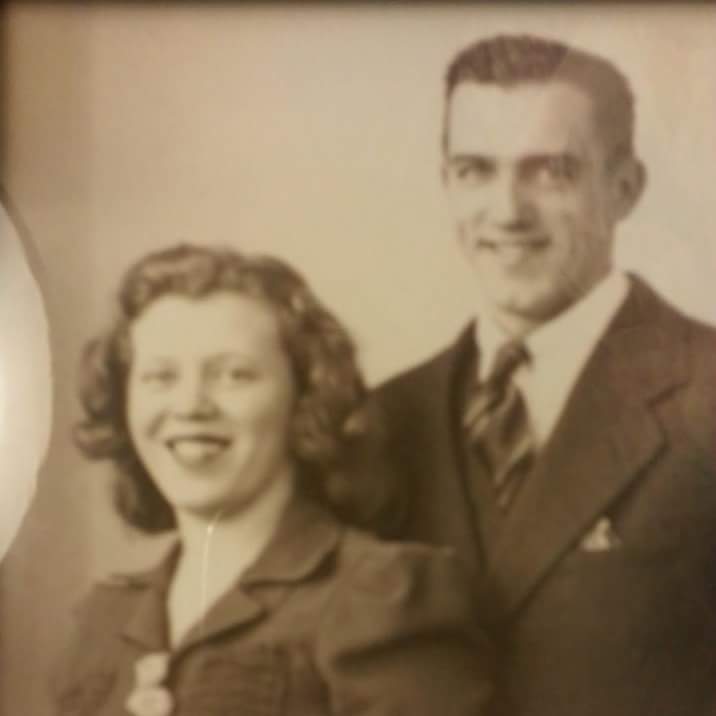There may be a heavy emphasis on Mom’s side in this blog, mostly because I have more information on that side. I’ve recently come across more information on our Swiss lineage, of which I will share a little today.
John Stuckey/Stukey Jr., was born on August 9, 1742 to Johann (John) Jacob Stucki and Anna Catherine Egner, in Elizabeth Township, Lancaster County, Pennsylvania. His father, Johann, was born in Bern, Switzerland and emigrated to the colonies in 1736.
John Stukey Jr., married Salome Zimmerman in 1764. They had twelve children: Peter, Elizabeth, John III, Margaritha, Salome, Christian, Minerva Anna, Jacob, Catherine, Samuel, Barbara, and Joseph. In 1776, when the war for American independence began, John Jr., was 34. He served several times as noted here:
9th Battalion, Lancaster County under Colonel Joh Huber and Captain George Volcks, May 25 to October 8, 1778. 3rd Battalion, 1st Company, Lancaster County Militia, spring of 1789 and again in 1781, under Captain Phillip Duck. 3rd Battalion, 1st Company, Lancaster County Militia, under Lt. Colonel George Feather in 1782.
It is notable that there were iron furnaces in the county, much needed by the Americans. Also many rifles were manufactured in the area.
I looked John Stukey, JR. up in the DAR website and realized that his father also served in some capacity. Mom’s side is full of Revolutionary War Patriots!
John Stukey, Sr., died in 1786 and John Jr. inherited the farm. Anna Catherine Stukey passed from this life in 1800. In 1801, John Jr. sold the farm for $7, 850. His father had originally paid $134.85. This included 174 acres. The Stukey family (with all 12 children), loaded their goods into wagons and went to Ohio where some of their friends and neighbors had previously settled. John purchased two tracts of land, a total of 320 acres. They built a small log house and barn, built a bigger barn in 1809. Then in 1813, they built a large two story home. Legend has it that John Stukey, Jr., was an excellent axeman–the best one around. He could hew out a board, straight, without an axe mark on it. He supposedly hewed out small boards and made a square pipeline, running from the spring to his house. Salome must have loved running water in the house. Adjoined to the home was a stone cook house. He placed hinges in the rocks and inserted iron rods of various lengths. Cooking pots and kettles could be placed on these rods and swung over the open fire for cooking. (Smart man–happy wife, happy life, and I’m sure these little things made life easier for Salome and her daughters as they cared for their large family.) It is noted that the early settlers lived on cornbread, potatoes, milk, butter, and wild game. Basically, whatever they could grow themselves, harvest in the wild, or kill. Salt cost $5 for 50 lbs, flour was $16/barrel, tea was $2.50/lb and coffee was $1.50/lb. Goods were brought in by way of the old Cumberland road for many years and this was quite expensive. Farmers grew flax and raised sheep to make clothes. Dyes were made from natural materials and ranged from yellow to brown and red. Candles for light were made at home. Shoes were also made at home, or perhaps by an itinerant cobbler.
John gradually acquired a total of 500 acres of land. He died August 9, 1818. Salome died March 4, 1821. They were buried in Stukey Cemetery, near Sugar Grove in Fairfield County, Ohio. John and Salome apparently did quite well in Ohio. The boys shared in the farm. The girls each received $320! John made sure in his will that Salome was well cared for during the remainder of her life, as was typical of that time. She received 15 bushels of good wheat, properly ground and 5 bushels of rye, also properly ground. She was to have 15 bushels of corn, 200 lbs of good meat–150 lbs of pork and 50 lbs of beef, 12 lbs of flax, as much fruit from the orchard as she desired and “1/4 of the garden that their son Joseph shall plow yearly and haul on it as much manure as is required for a good garden”. Joseph was also tasked with feeding and pasturing 2 cows for Salome, with his own.
While I was easily able to find information about the family in the census, tax rolls and Revolutionary War files, I was blessed to find a book, that fleshed out their lives. Genealogy of the Stukey, Ream, Grove, Clem and Denniston Families was written by Elmer Leonidas Denniston, originally in 1939. He noted, that at that time, the original small home was still standing. What a treasure!
